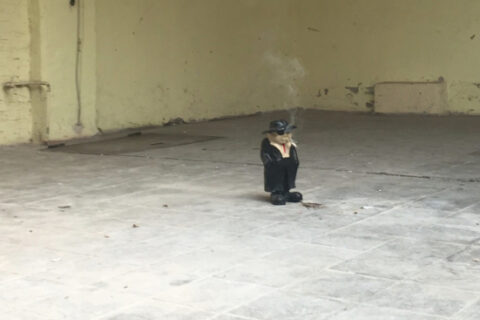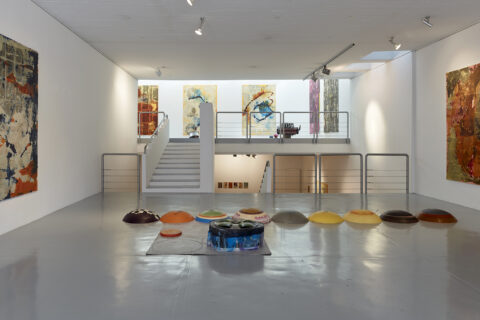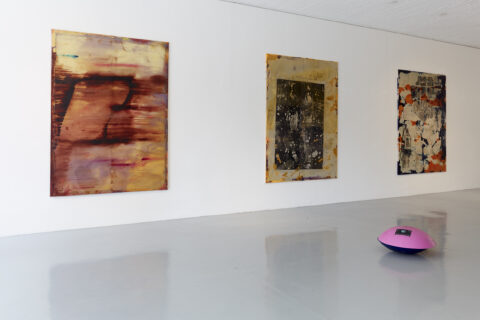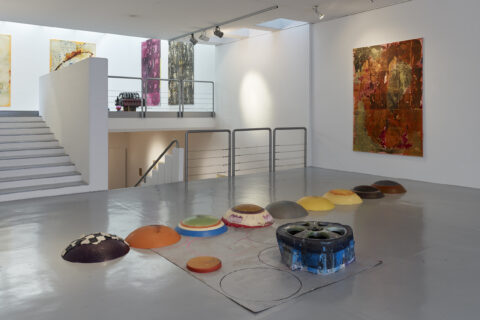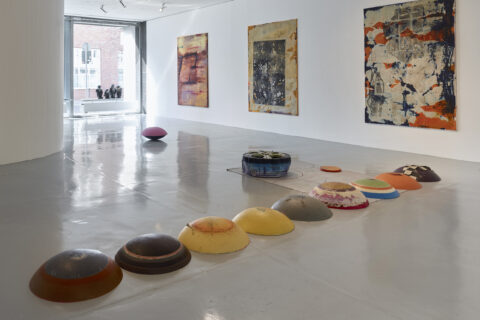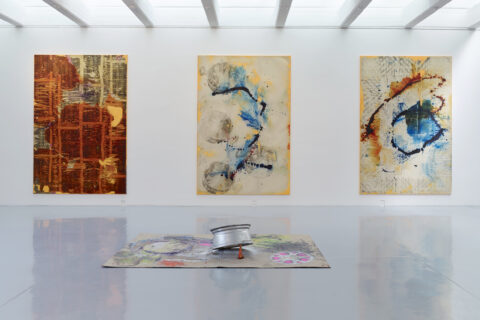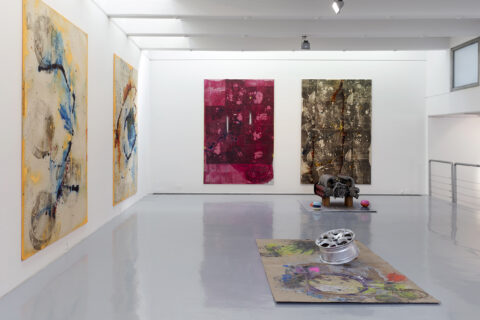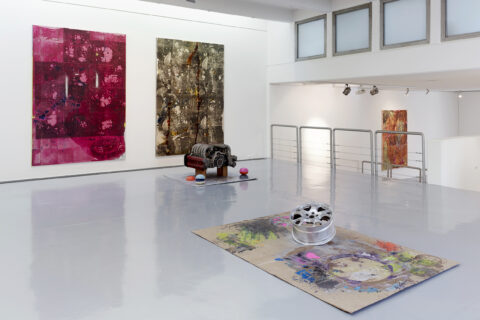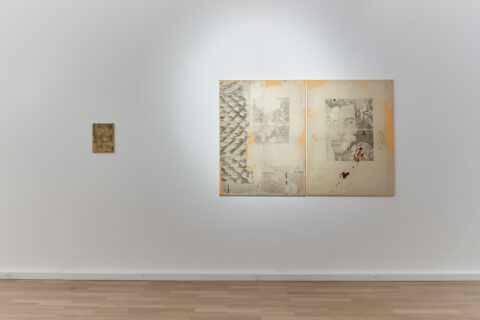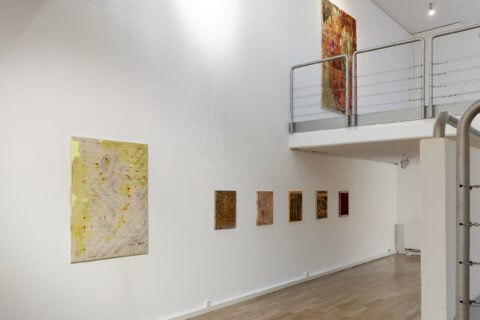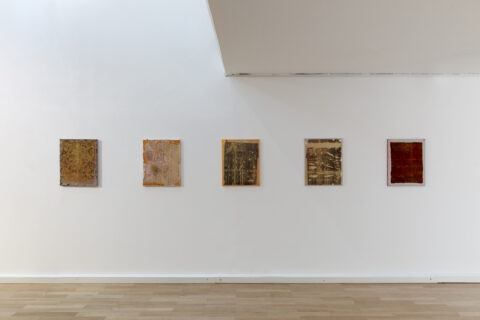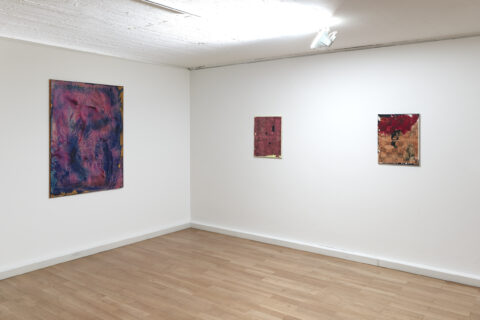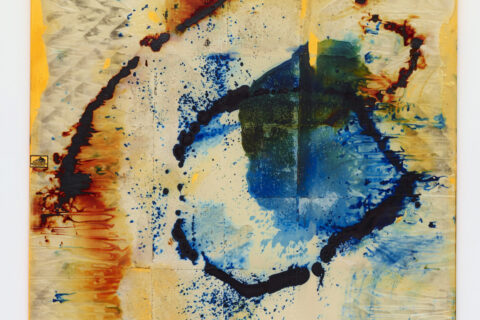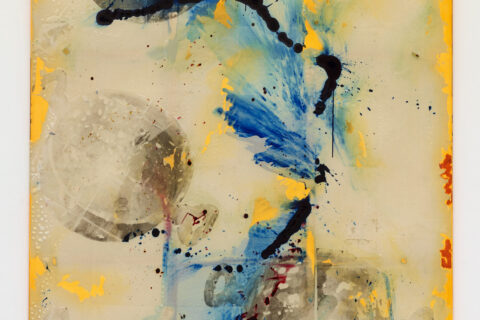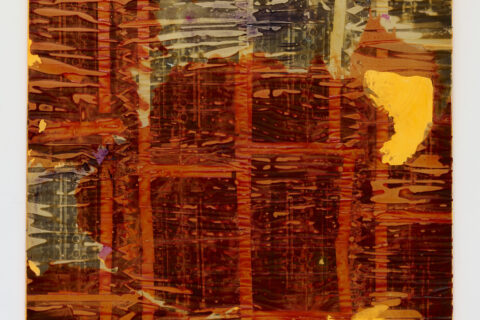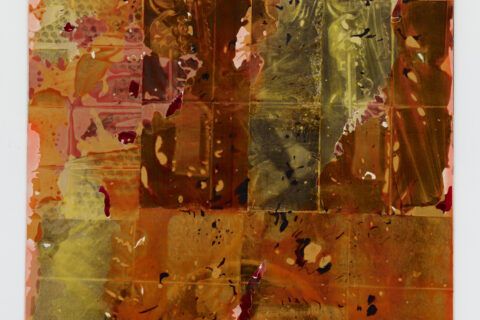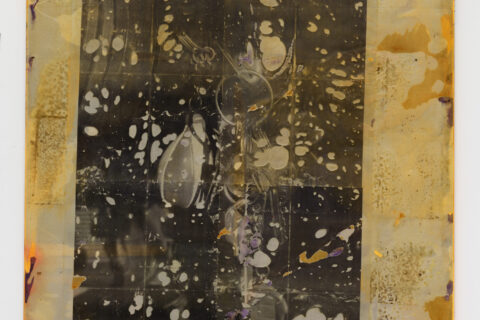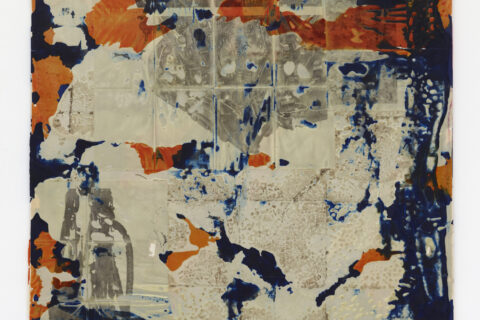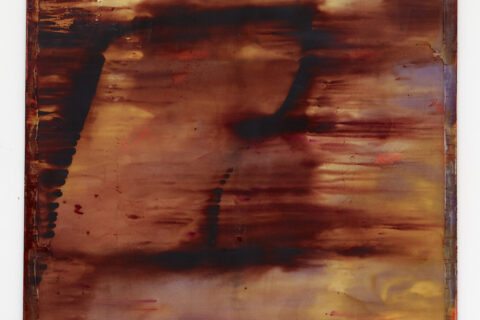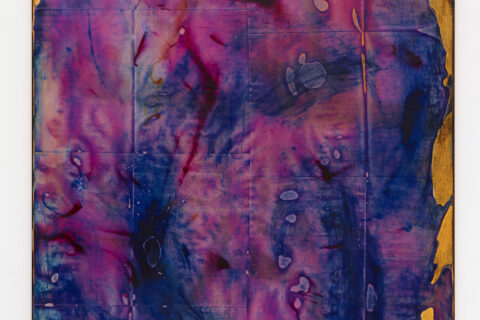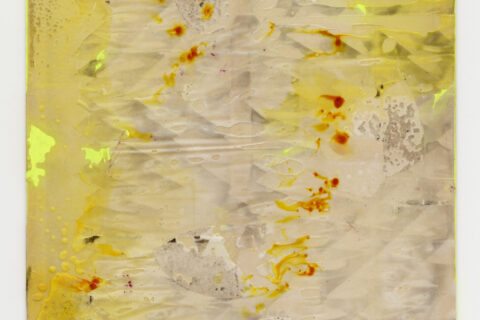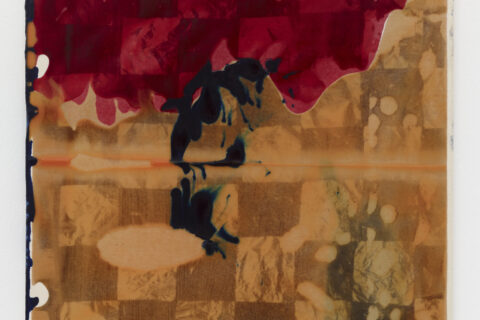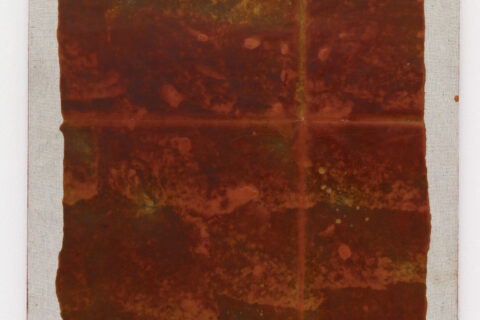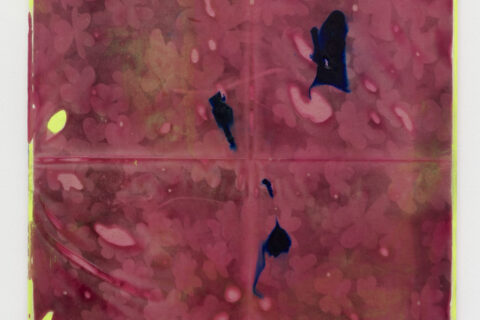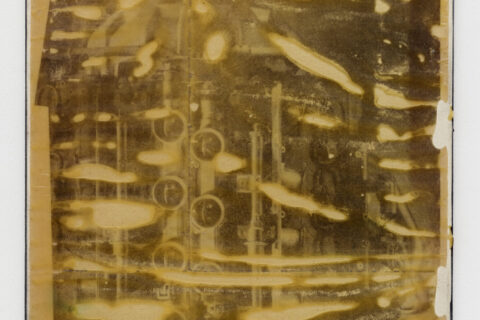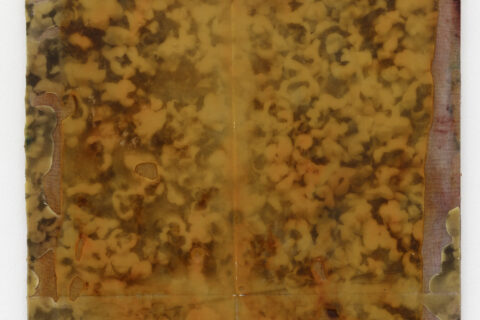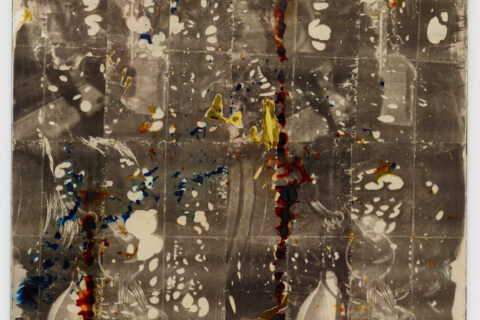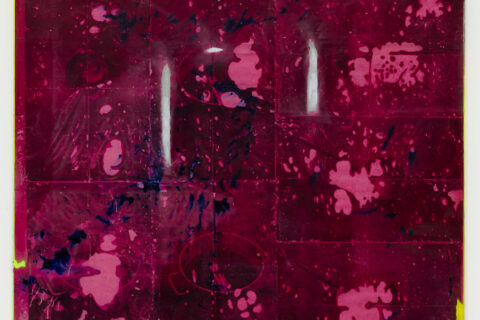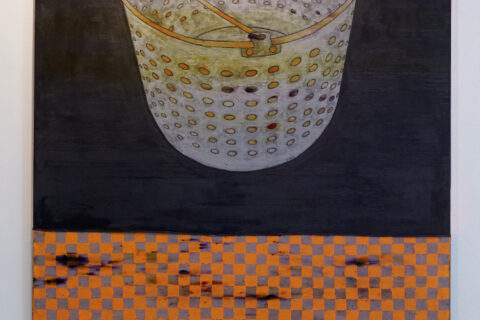JPW3 Come inside your Mind
11/04/2015 – 02/05/2015
Eröffnung: Freitag, 10. April 2015, 19-22 Uhr
Opening: Friday, April 10th, 2015, 7-10 pm
Galerie Nagel Draxler
Albertusstraße 18
50667 Köln
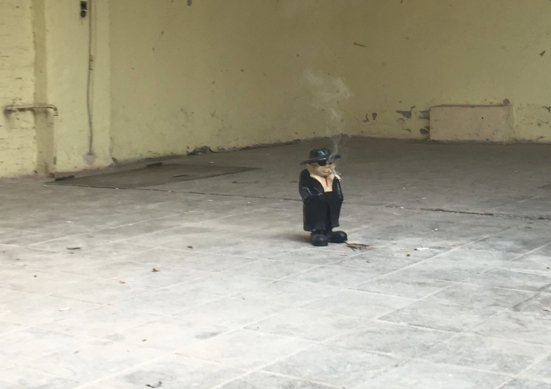
„Come inside your Mind“, 2015
Ausstellungsansicht
Galerie Nagel Draxler, Köln
Photo: Simon Vogel
„Come inside your Mind“, 2015
Ausstellungsansicht
Galerie Nagel Draxler, Köln
Photo: Simon Vogel
„Come inside your Mind“, 2015
Ausstellungsansicht
Galerie Nagel Draxler, Köln
Photo: Simon Vogel
„Come inside your Mind“, 2015
Ausstellungsansicht
Galerie Nagel Draxler, Köln
Photo: Simon Vogel
„Come inside your Mind“, 2015
Ausstellungsansicht
Galerie Nagel Draxler, Köln
Photo: Simon Vogel
„Come inside your Mind“, 2015
Ausstellungsansicht
Galerie Nagel Draxler, Köln
Photo: Simon Vogel
„Come inside your Mind“, 2015
Ausstellungsansicht
Galerie Nagel Draxler, Köln
Photo: Simon Vogel
„Come inside your Mind“, 2015
Ausstellungsansicht
Galerie Nagel Draxler, Köln
Photo: Simon Vogel
„Come inside your Mind“, 2015
Ausstellungsansicht
Galerie Nagel Draxler, Köln
Photo: Simon Vogel
„Come inside your Mind“, 2015
Ausstellungsansicht
Galerie Nagel Draxler, Köln
Photo: Simon Vogel
„Come inside your Mind“, 2015
Ausstellungsansicht
Galerie Nagel Draxler, Köln
Photo: Simon Vogel
„Eckeley Miners‘ Village“, 2015
Druckfarbübertragung auf Leinwand / Wax with ink transfer on canvas
274 x 183 cm
Photo: Simon Vogel
„4PO“, 2015
Druckfarbübertragung auf Leinwand / Wax with ink transfer on canvas
274 x 183 cm
Photo: Simon Vogel
„16FO“, 2015
Druckfarbübertragung auf Leinwand / Wax with ink transfer on canvas
274 x 183 cm
Photo: Simon Vogel
„2KCw/P“, 2015
Druckfarbübertragung auf Leinwand / Wax with ink transfer on canvas
213 x 152 cm
Photo: Simon Vogel
„KCYO“, 2015
Druckfarbübertragung auf Leinwand / Wax with ink transfer on canvas
213 x 152 cm
Photo: Simon Vogel
„FCOB“, 2015
Druckfarbübertragung auf Leinwand / Wax with ink transfer on canvas
213 x 152 cm
Photo: Simon Vogel
„R17“, 2015
Druckfarbübertragung auf Leinwand / Wax with ink transfer on canvas
213 x 152 cm
Photo: Simon Vogel
„uG“, 2015
Druckfarbübertragung auf Leinwand / Wax with ink transfer on canvas
122 x 91 cm
Photo: Simon Vogel
„AFY“, 2015
Druckfarbübertragung auf Leinwand / Wax with ink transfer on canvas
122 x 91 cm
Photo: Simon Vogel
„RYC“, 2015
Druckfarbübertragung auf Leinwand / Wax with ink transfer on canvas
51 x 41 cm
Photo: Simon Vogel
„ANECHOICCCC“, 2015
Druckfarbübertragung auf Leinwand / Wax with ink transfer on canvas
51 x 41 cm
Photo: Simon Vogel
„CLOVERYY“, 2015
Druckfarbübertragung auf Leinwand / Wax with ink transfer on canvas
51 x 41 cm
Photo: Simon Vogel
„RRY“, 2015
Druckfarbübertragung auf Leinwand / Wax with ink transfer on canvas
51 x 41 cm
Photo: Simon Vogel
„POPO“, 2015
Druckfarbübertragung auf Leinwand / Wax with ink transfer on canvas
51 x 41 cm
Photo: Simon Vogel
„4KC“, 2015
Druckfarbübertragung auf Leinwand / Wax with ink transfer on canvas
274 x 183 cm
Photo: Simon Vogel
„MHP“, 2015
Druckfarbübertragung auf Leinwand / Wax with ink transfer on canvas
274 x 183 cm
Photo: Simon Vogel
„SBUCKET“, 2015
Druckfarbübertragung auf Leinwand / Wax with ink transfer on canvas
274 x 183 cm
Photo: Simon Vogel
Press Release
John Patrick Walsh 3, alias JPW3, Jahrgang 1981, kommt aus einem Kreis hoch interessanter Künstler, Schreiber und Kuratoren, die gegen Ende der Nullerjahre zusammen in Chicago studiert haben. Da die Stadt, abgesehen von ein paar wichtigen Institutionen, kein reiches Kunstfeld bietet, führt der Weg von dort seit jeher entweder nach Los Angeles oder nach New York. JPW3 ging nach Los Angeles, um an der University of Southern California seinen Master zu absolvieren und im engen Austausch mit befreundeten Künstlern wie Sayre Gomez oder dem Kurator Marc LeBlanc seine einprägsame künstlerische Praxis zu entwickeln.
Heat, sound, speed, weiche Materialien, zwischen flüssig und fest, langsam und schnell. JPW3s Wachs- und Aluminiumbilder sowie seine Skulpturen sind weder im Kontext des Hypes um fetischisierte abstrakte Gesten noch im Umfeld der technoiden, in permanenter Gegenwart beheimateten post-Internet Generation angesiedelt. Sie mischen sich ohne Umschweife formal wie inhaltlich in die neuere Geschichte der amerikanischen Kunst der Popart und des Abstrakten Expressionismus und deren aktuellen Spielarten.
Wachs ist ein altes und langsames Material, in erhitztem Zustand fließt es und verbindet sich mit anderen Materialien. Es bildet beim Erkalten eine Schicht, die das darunterliegende Motiv in milchige Entfernung rückt und gleichzeitig durch die Zeiten konserviert. JPW3s Motivträger sind schwarzweiß Kopien von fotografierten Gegenständen und Mustern. Auf der Leinwand befestigt und dann getunkt, getränkt mit farbigem Wachs in Schichten, verbrannt an manchen Stellen, oxydiert wie Giftbilder oder mit Aluminiumfarbe markiert.
Seine Motive stammen meist aus der Welt der Racing Cars. Zündschlüssel, Motoren, Radkappen, Ferrari. Autos sind Teil des großen amerikanischen Narrativs von Freiheit, Unabhängigkeit und Wohlstand. Als Racing Cars sind sie aber vor allem Orte der Grenzerfahrung und des Driftens im Rausch der Geschwindigkeit. Driften als mystische vom Menschen aus gefühlte Erfahrung von Transzendenz, weil immer in Bezug zum menschlichen Körper spürbar, als Moment der Beschleunigung oder der Flieh- und Schwerkräfte, die auf diesen Körper einwirken und ihn für Momente an sich reißen.
---------------------------------------------------------------------------------------
John Patrick Walsh 3 alias JPW3, born in 1981, comes from a most interesting circle of artists, writers and curators, who studied together in Chicago in the mid 2000s. Since the city, apart from some institutions, doesn't offer a rich field of art, artists usually leave to Los Angeles or to New York. To finish his studies JPW3 went to the University of Southern California in Los Angeles, where, surrounded by other artists, such as Sayre Gomez, and curator Marc LeBlanc, he developed his significant artistic practice.
Grounded in ideas about combustion, heat, sound, and speed, his materials work between fluid and solid states moving slow and fast. JPW3's wax- and aluminum works as well as his sculptures are neither connected to the the recent hype of fetishized abstract gestures nor to the techno post-internet generation and their sticking to a kind of permanent present. His work in form and content instead finds itself on one timeline with the recent history of the American Pop Art and Abstract Expressionism and its current varieties.
Wax is an ancient and slow material, in heated condition it flows and mimics other materials. As motifs JPW3 has newspapers printed black and white with photographed objects and patterns. Attached to the canvas, soaked with colored wax, heavily dyed in some parts, oxidized like toxic paintings or marked with aluminum color these works carry with them all the markings of its creation, sometimes even referencing the tools used in creating the work it self.
His motifs often originate in the world of the duality of the recording studio/garage. a type of mechanic/artist/inventor/wanderer he references keys, engines, rims, tuning forks and in particular, Ferrari. Cars belong to the American narrative of freedom, independence and living the dream. As racing cars they are capable of creating borderline out of body experiences such as trance drifting at top speed speed. Drifting can be understood as a mystic experience of transcendence, in relation to the human body, these moments of acceleration or centrifugal- and gravitational force can feel as if time is standing still.
